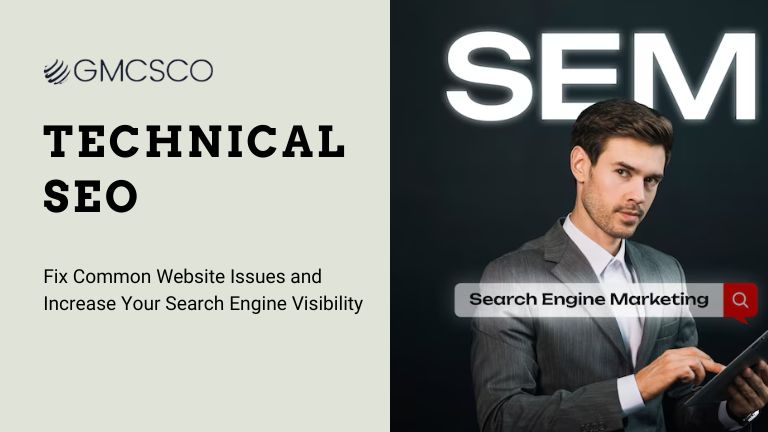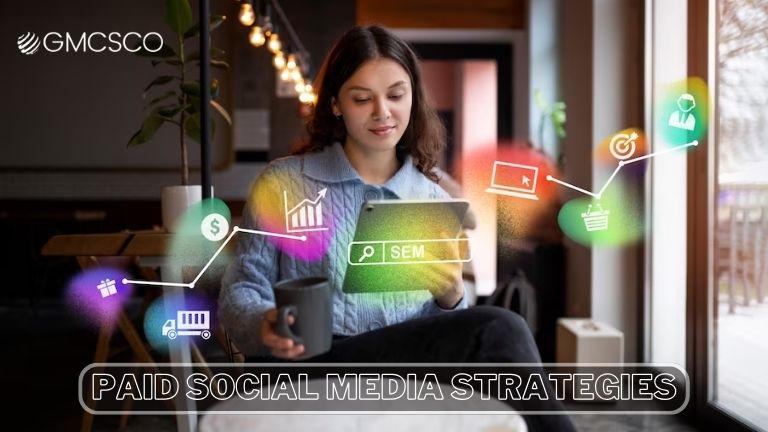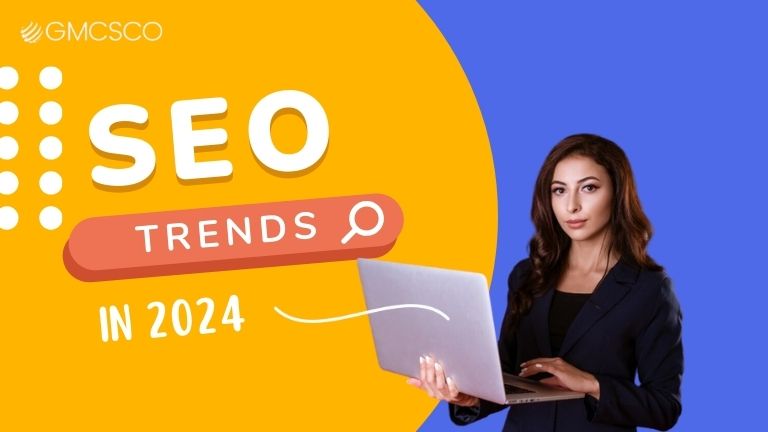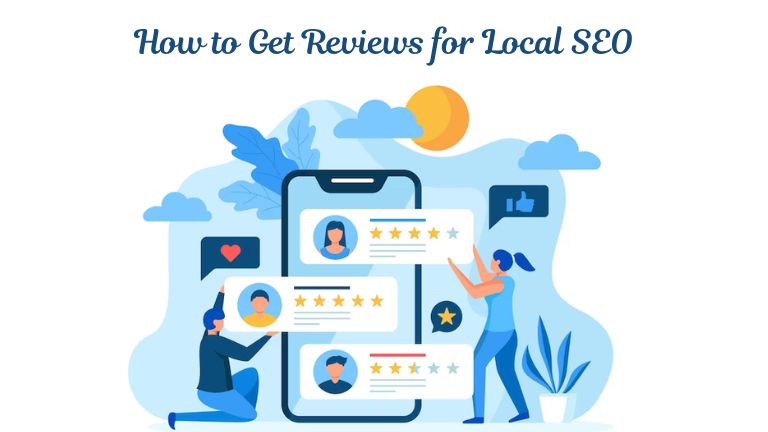Boost Your Visibility: Fix Common Website Issues with Technical SEO
Feeling left in the dark about technical SEO? Don’t worry, you’re not alone. While creating awesome content and building backlinks are crucial, a hidden world beneath the surface holds just as much power: your website’s technical health. Think of it as the engine in your car – keep it well-oiled, and you’ll zoom past the competition. But just like a neglected engine, ignoring technical SEO can leave you sputtering by the wayside. So, let’s pop the hood and fix some common issues that might be dragging your website down in the search engine rankings: Crawl Confusion: Search engines are like curious bots, crawling your website to understand its content. But broken links, redirects gone haywire, and missing sitemaps can leave them lost and frustrated. Make sure your site has a clear roadmap with a well-structured sitemap, fix broken links, and use redirects wisely to point bots in the right direction. Speed Demon? More Like Speed Slug: Nobody likes a slow website, especially search engines. Page loading times that stretch longer than a telenovela episode will hurt your rankings. Optimize your images, compress code, and consider using a Content Delivery Network (CDN) to speed things up and give your visitors a smooth ride. Mobile Mishap: We live in a mobile-first world, and Google knows it. If your website doesn’t offer a fantastic experience on smartphones and tablets, you’re basically invisible to half the potential audience. Make sure your website is responsive, meaning it adapts beautifully to any screen size. Content Conundrum: Search engines love websites with fresh, relevant content. But duplicate content (think copy-pasted from other sources) confuses them and dilutes your authority. Check for duplicate content within your site and avoid it like the plague. The Schema Shuffle: Think of schema markup as little labels you add to your content, telling search engines exactly what it’s about. Recipes with ingredients and cooking times? Products with prices and ratings? Schema helps them understand your content better and display it in rich snippets, boosting your click-through rates. Technical SEO isn’t a one-time fix. It’s an ongoing process of monitoring, analyzing, and tweaking. Tools like Google Search Console and SEMrush can be your best friends here, helping you identify issues and track your progress. By tackling these common technical SEO issues, you’ll lay the foundation for a healthy, search engine-friendly website. And with that solid foundation, your awesome content and link-building efforts will finally have the power to propel you to the top of the search results. So, get out there, fix those technical hiccups, and watch your website shine! Also read about: Ecommerce SEO Best Paid social media strategies SEO Agency in Bangalore
Boost Your Visibility: Fix Common Website Issues with Technical SEO Read More »






